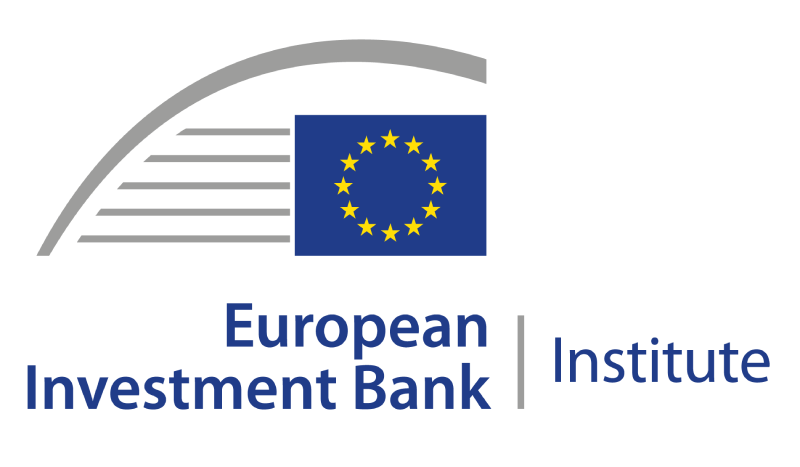The Institute serves as a gateway between the world of cultural heritage and the EIB Group, supporting the EIB Group’s activities in the field of cultural heritage and facilitating the transfer of know-how and experience between different partners and countries to safeguard European cultural heritage.
Cultural heritage is about far more than ‘stones and bones’ from the past. It is a key component to the attractiveness of Europe and a key resource for our European identity, without which economic growth is meaningless. Cultural heritage has a cohesive power which connects European people and communities. It provides its regions and cities with a strong basis to develop cultural tourism, attract investment and create jobs.
It is one of the 11 standards by which investment projects are assessed for EIB financing, and many cultural heritage sites have been supported by the EIB either directly (in Venice or Barcelona) or through urban framework loans like in Valletta (Malta), Manchester, Wroclaw or Lille (France).
Partnering with Europa Nostra
We partner with Europa Nostra, the largest and most representative heritage network in Europe, collaborating closely with the EU, the Council of Europe, UNESCO and other international bodies, notably under the 7 Most Endangered Programme (7ME). This innovative cooperation mixes the cultural expertise and lobbying work of Europa Nostra with the technical appraisal and rescue planning skills of the EIB.
Both organisations select yearly seven priority sites. EIB experts carry out on-site missions and produce technical reports on the viability and phasing of the project recuperation as well as on the funding options. Examples are the Mafra Palace carillons, (Portugal), Romania’s wooden churches, the Bourla Theater in Antwerp (Belgium), the Art Nouveau synagogue in Subotica (Serbia), the Colbert swing bridge in Dieppe (France) or the Buzludzha Monument (Bulgaria).
This initiative increases both the visibility of the cultural importance of the sites and the credibility of the proposed restoration efforts helping to ensure their survival. In specific cases the renovation may also call for loans from the EIB and/or grants from EU structural funds.
Selected sites are eligible for an EIB Heritage Grant of up to €10,000 which can be allocated for an agreed activity aimed at ensuring the saving of the threatened site. The first EIB Heritage Grant was attributed to Giardino Giusti in Verona.
To develop thought-leadership, the Institute is also a partner of the European Heritage Hub, the New European Bauhaus, the European Heritage Alliance and of the Climate and Heritage Network.
We participate in the yearly European Cultural Heritage Summit; and we support Europa Nostra’s regional hubs in Athens, Krakow and Nicosia; all established in strong partnership with the municipalities of these cities.
The Institute contributes to the debate on cultural heritage “as a vector and not only a sector” of the European Green Deal through the European Cultural Heritage Green Paper (2021 – Europa Nostra, ICOMOS, the Institute and the Creative Europe programme); the EIB essay “Togetherness” (2020) written by Hermann Parzinger, Europa Nostra President; and the signing of the the Berlin Call to action “Cultural heritage for the future of Europe following the first European Year of Cultural Heritage” in 2018.
